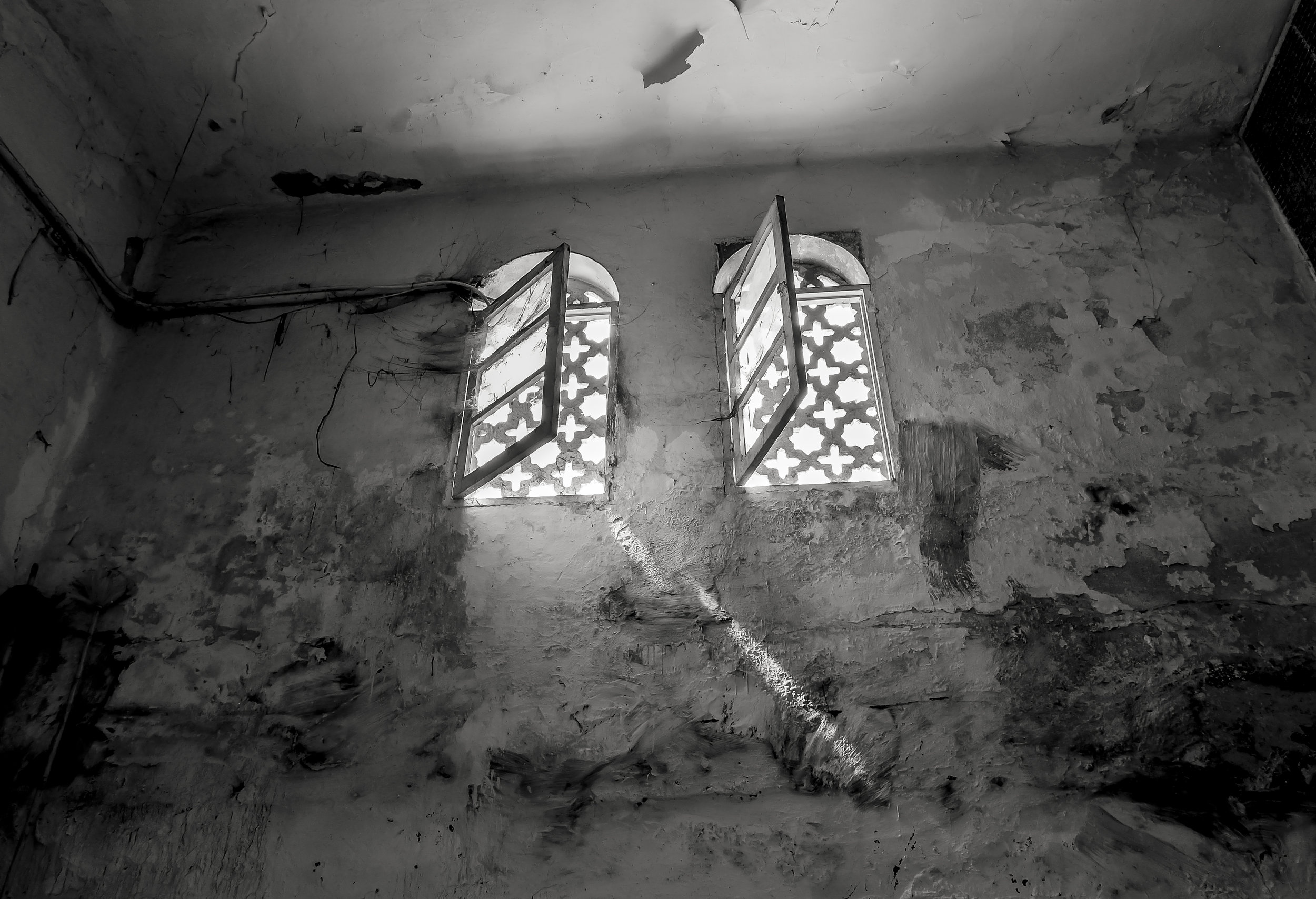Well, it seems I no longer have the top M43 camera. No real issue for me, as I recently went from no focus tracking to very capable tracking and have little use for it anyway.
The market is no doubt going to run hot for the next few months, debating the relevance of a $3k+ (U.S.) camera and there will be, as with most arguments relevant and irrelevant comments made, and lots of both.
My feeling is much as I have stated recently.
The market, currently moving past the crop/full frame sensor SLR thinking will fragment into two, more defined and clearly split markets.
In the red corner will be a series of smaller sensor cameras ranging from 1” through M43 to a few APSC sized ones. These cameras will rely on innovative tech to support giant killing competitors, but the real point will be, they will not be competitors. These cameras will offer their own advantages in performance, size and design that will allow them to have a clearly defined and relevant role in the photographic future.
This user will be content with enough resolution to fill an A2+ sheet of paper, can accept the ISO trade off*** and may be video orientated and/or have genuine concerns about kit form factor. Some will be drawn be technical advancements either first seen or more easily implemented on smaller formats (apparently Olympus has broken the gyro stabiliser limit of 6.5 stops imposed on us by global physics!). Ironically, the irrelevance of ISO, common use of multi frame merging and benefits in DOF and lens design make M43 ideal for landscape shooting, where full frame dominates.
The E-M1X is as relevant as any other camera, but like the clever, nimble, short guy in the basketball team, it will have to score twice as many points to prove that. Interestingly, on paper it matches or betters it’s competition (1DX2 and D5) stat for stat except for the sensor size and mirrorless advantages. If Olympus can match or better their AF performance, then the only thing standing in their way will be ISO performance, which they have some fixes for***. Canon and Nikon already offer similar, smaller sensor cameras in the 7D2 and D500, so there is clearly a market there for sports specialists.
They will also be the enthusiast or emerging (from compact camera) market. Logically, there will always be a need for a smaller format and also an introductory format. Arguments over achievable quality will and should have already been shelved with the realisation that we have had more than enough for a while.
*
In the blue corner will be the “nothing is too much or too big” segment. Here the pixel counts will continue to grow as will sensor sizes. The two main constraints here are, as there have always been are sensor manufacture economics and the physics of lens design. This is the age of the “super” lens with all that entails (How heavy would all of the Sigma ART lenses be if stuffed into one bag?), but the reality is lens size is directly related to sensor size, not camera size.
Never before have we had so much power, but power always comes at a cost. Full frame users can carry around glass that puts some medium format film lenses to shame in mass alone. The development of these mega imaging tools will actually increase the relevance of the smaller formats for many people. In the past many smaller formats have been tried, but they always fell short due to the a lack of a clear size/weight/cost to quality benefit (APSC**** was actually one of those failed systems as was half frame which should be rightly called first frame as it came first).
1” and bigger sensors are past those concerns, or should be, already being accepted by many who bother to try them as more than adequate for professional, even fine art work. They have in effect become the modern 35mm, with full frame becoming more aligned with medium format (i.e. more quality but at a size and lens magnification “penalty”).
*
There was always room and relevance for the quality obsessed 8x10'“ or 4x5” large format photographer, along side the 35mm, 120 and smaller practitioner. There will be in the future, even if the internet needs the argument to stay fresh to keep it’s readership interested.
The main consideration is probably more to do with who we are dealing with in these format wars rather than the formats themselves.
The M43 consortium, Sony, Canon, Pentax/Ricoh and Fuji are large companies with secure foundations in development that in one way or another supports their camera divisions*. Nikon are the traditional giants in cameras with no other strong divisions so are possibly the most fragile, but the reality is, unlike the Korean giant Samsung who do everything based on their bottom line with a dominate or drop formula, no Japanese company will simply fold under the weight of failure**. It is not culturally acceptable. They may dump formats to some extent, but as long as there is support enough they will continue on. Olympus has even traded successfully out of a recent legal, moral and financial quagmire.
The best thing would be for everyone to accept the variety available as a benefit, not feel the need to nail lids on coffins of one opinion or the other.
































































































































